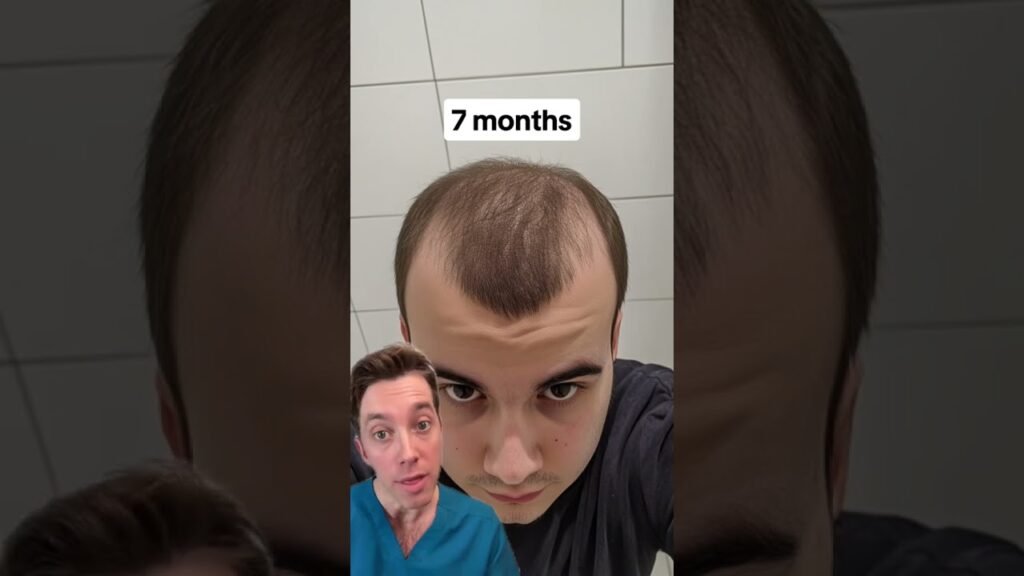Comparing results from Minoxidil vs hair transplant
When it comes to tackling hair loss, both Minoxidil and hair transplants are popular options, each offering distinct results based on the individuals needs and circumstances. Minoxidil, a topical solution, is widely recognized for its ability to slow hair loss and promote regrowth in certain types of baldness, particularly in the early stages. Users may notice hair regrowth after several months of consistent application, but the effects often diminish if treatment is discontinued. In contrast, a hair transplant involves a surgical procedure where hair follicles are moved from a donor site to a balding area, offering a more permanent solution.
Effectiveness and Longevity
The effectiveness of Minoxidil largely depends on continuous usage. Many users report visible improvements in hair density and thickness within three to six months of regular use. However, it requires ongoing application to maintain results, as discontinuation typically leads to a reversal of gains. On the other hand, hair transplants provide a long-lasting solution as the transplanted hair follicles are generally resistant to the effects of DHT, the hormone responsible for hair loss. While the initial results of a hair transplant may take several months to become fully visible, the new hair is usually permanent and requires no special maintenance beyond normal hair care.
Cost and Considerations
When comparing costs, Minoxidil is a more affordable option upfront, making it accessible for those looking to manage hair loss without a significant financial commitment. However, the cost accumulates over time due to the necessity of continuous purchase and application. Hair transplants, although initially more expensive, can be cost-effective in the long run due to their permanent nature. Additionally, factors such as the extent of hair loss, desired density, and individual health considerations play a crucial role in determining the suitability of either treatment. Individuals should consult with healthcare professionals to assess which option aligns best with their hair restoration goals.


